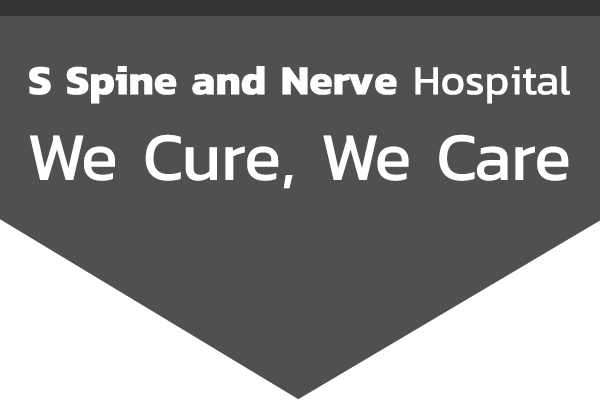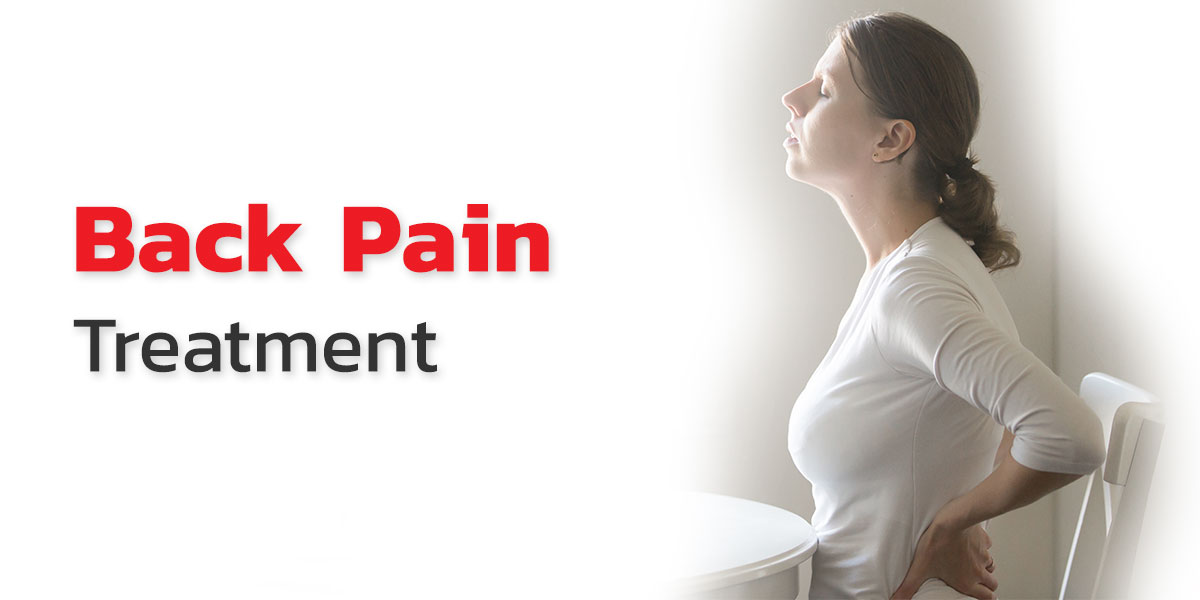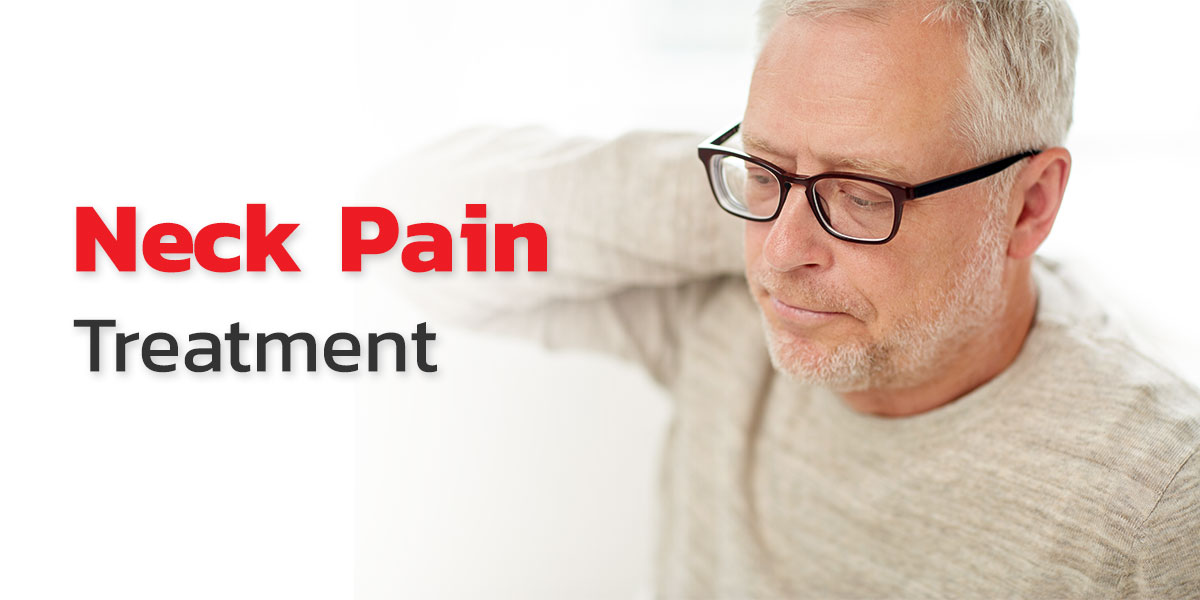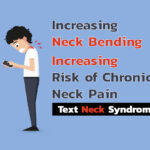Why bones are important to the body?
Because bones provide support and allow the body to stand up straight, bend, and twist. There is bone marrow inside the bones which produces blood cell.
Moreover, bones are where calcium is stored in the body and protect nerve and blood vessels along spinal pathway.
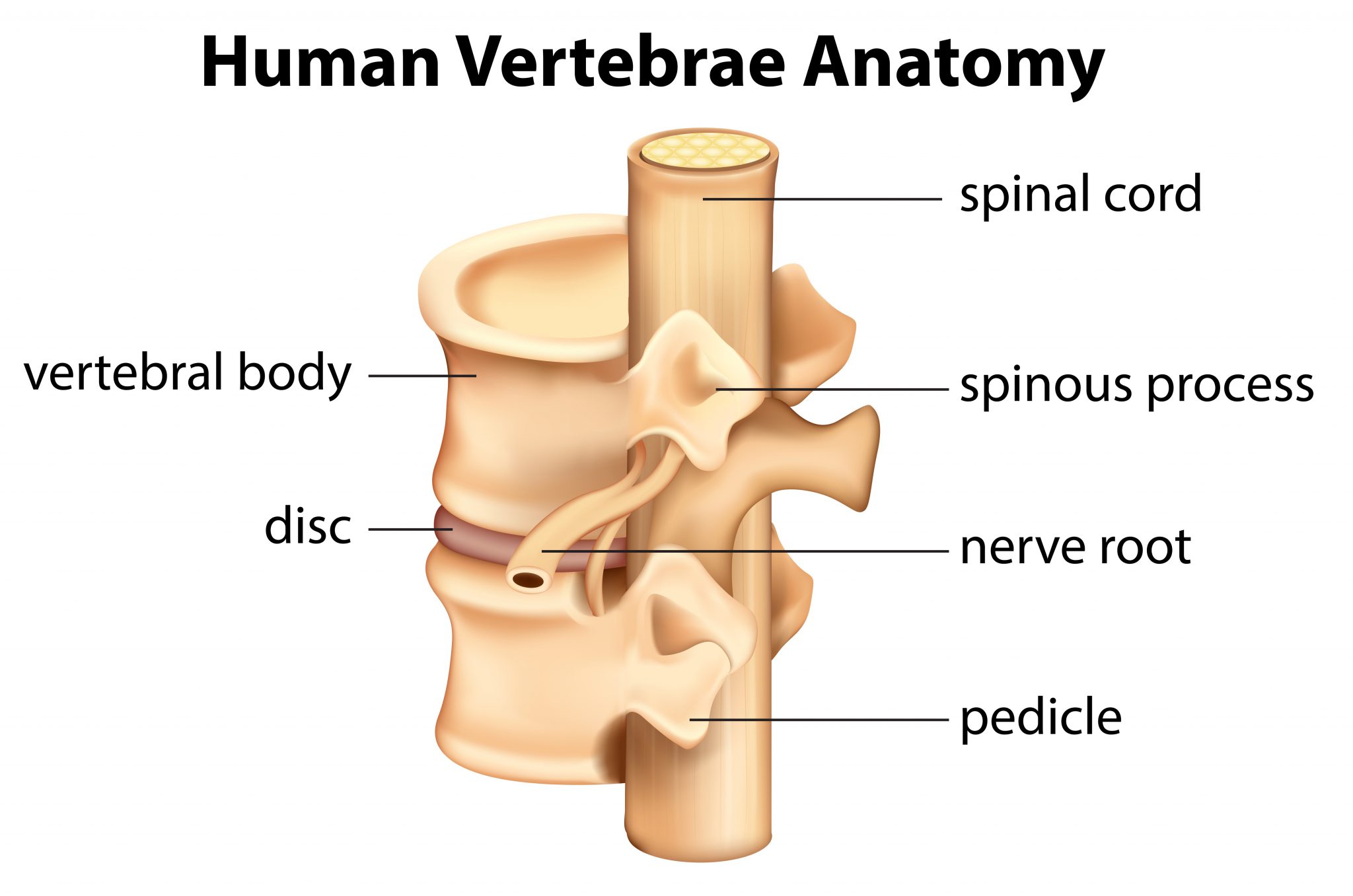
Do you know how many bones do we have in our bodies?
The answer is there are 206 bones in adults and 350 bones in children. Children needs more bones than adults in order to connect each part throughout the body and those bones fuse together forming a bigger single bone once they grow up.
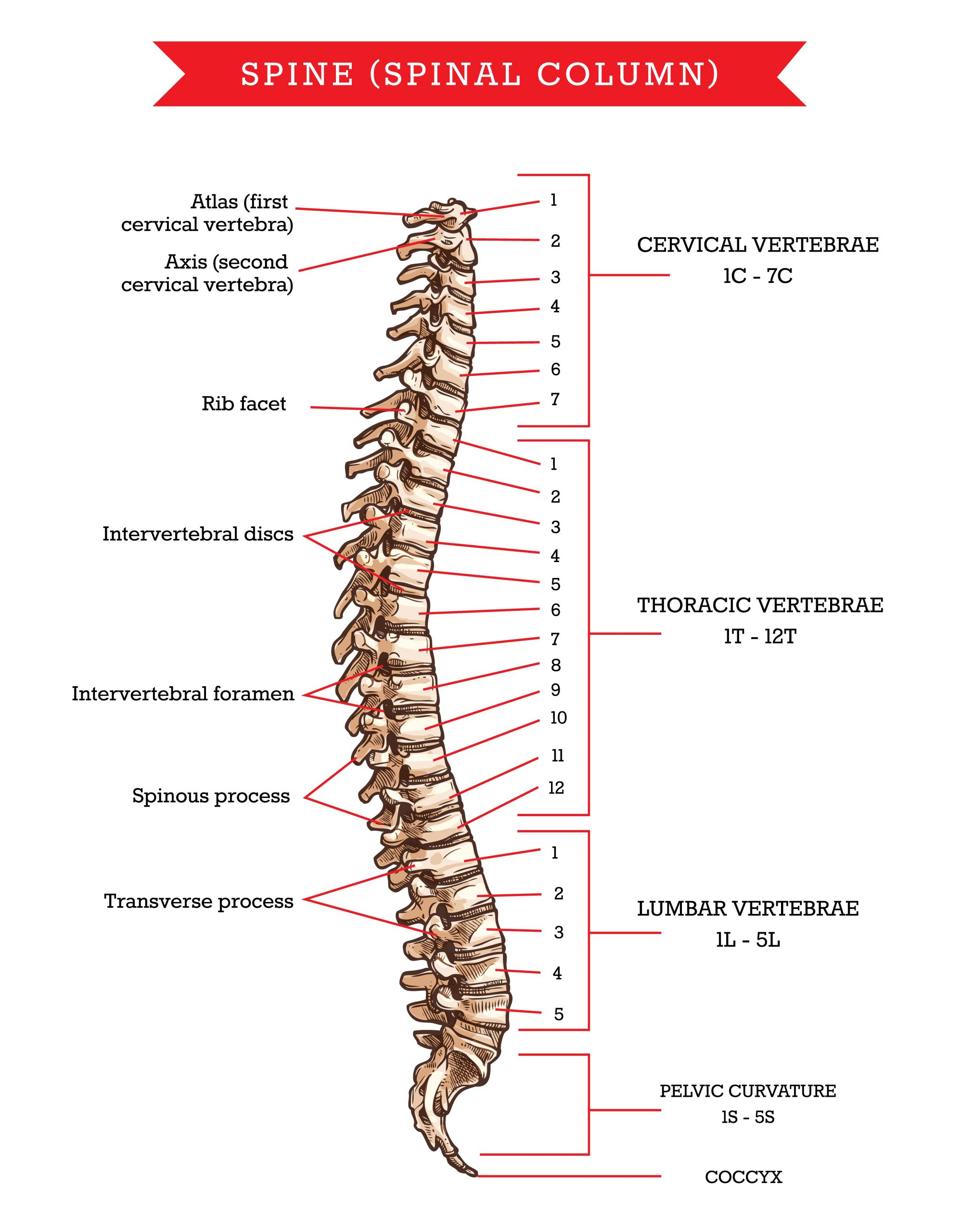
Get to know more about bones
There are 206 bones which can be divided into 2 groups according to where they are located.
- Axial skeleton
Axial skeleton is located in the middle of the body to provide support. It is composed of 80 bones.
- Skull: 29 bones (excluding teeth)
- Vertebral column: 26 bones
- Ribs: 24 bones
- Sternum: 1 bone
- Appendicular skeleton
Appendicular skeleton is the bones of upper limbs and lower limbs which attached from the axial skeleton. It is comprised of 126 bones to support the core of the limbs and protect organs.
- Upper extremity: 60 bones (30 bones on each side)
- Lower extremity: 60 bones (30 bones on each side)
- Scapular: 2 bones (1 bone on each side)
- Pelvic girdle: 2 bones (1 bone on each side)
- Clavicle: 2 bones (1 bone on each side)
Believe & truth
People believe that bone wears once they age, however, calcium in bones undergoes the process of remodeling through the resorption and deposition of calcium. Importantly, the resorption of calcium exceeds formation after the age of 30. Hence, you should be cautious of osteoporosis if your bones are not healthy since it could lead to other issues related to joints such as arthritis, osteoarthritis, back pain, and limited movement.

Foods for healthy bones
Foods that help strengthen bones are high in calcium, for example,
- Milk
- Egg yolk
- Green leafy vegetables
- Fruits
- Vitamin D (such as cod liver oil)
- Fresh vegetables
Furthermore, exercise regularly could also help strengthen the bones, but, do not let yourself be overweight because it could damage your joints.
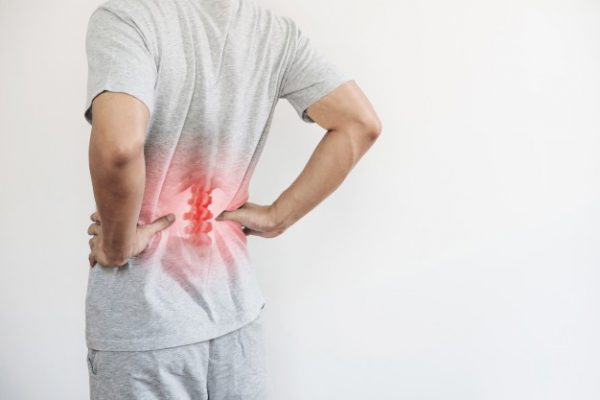
Bone diseases
Causes of bone diseases are various whether be it an environment or daily activity, for example,
- Genetics
- Infection
- Environmental factors
- Age
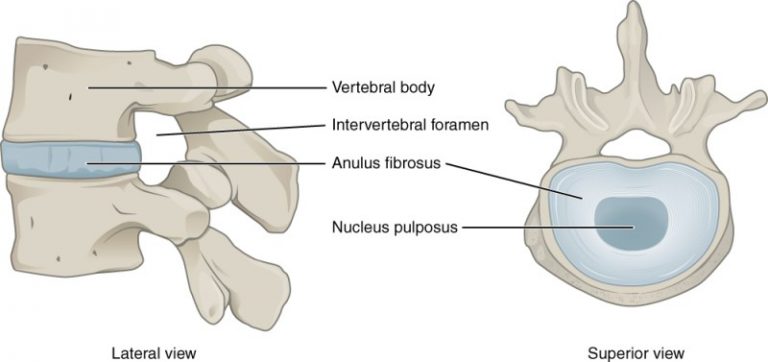
Structure of the spine
Spine are comprised of bones and muscles which located at the back of the body to support the body and connect from the brain to the pelvic. The vertebrae protect spinal cord which is located in spinal canal. The spinal cord acts as a message transmitter between the brain and the rest of the body. Also, there is an intervertebral disc between each vertebra.
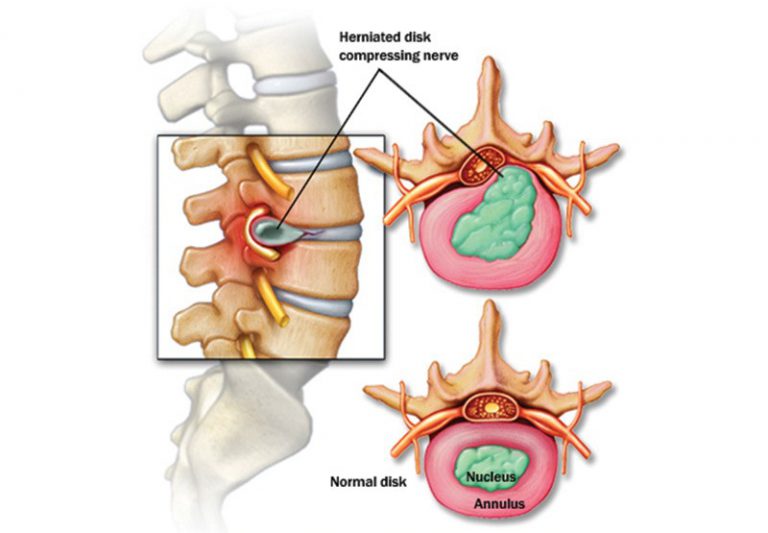
Intervertebral disc is comprised of 2 parts
- Jelly-like nucleus inside the disc called nucleus pulposus
- The outer ring called annulus fibrosus
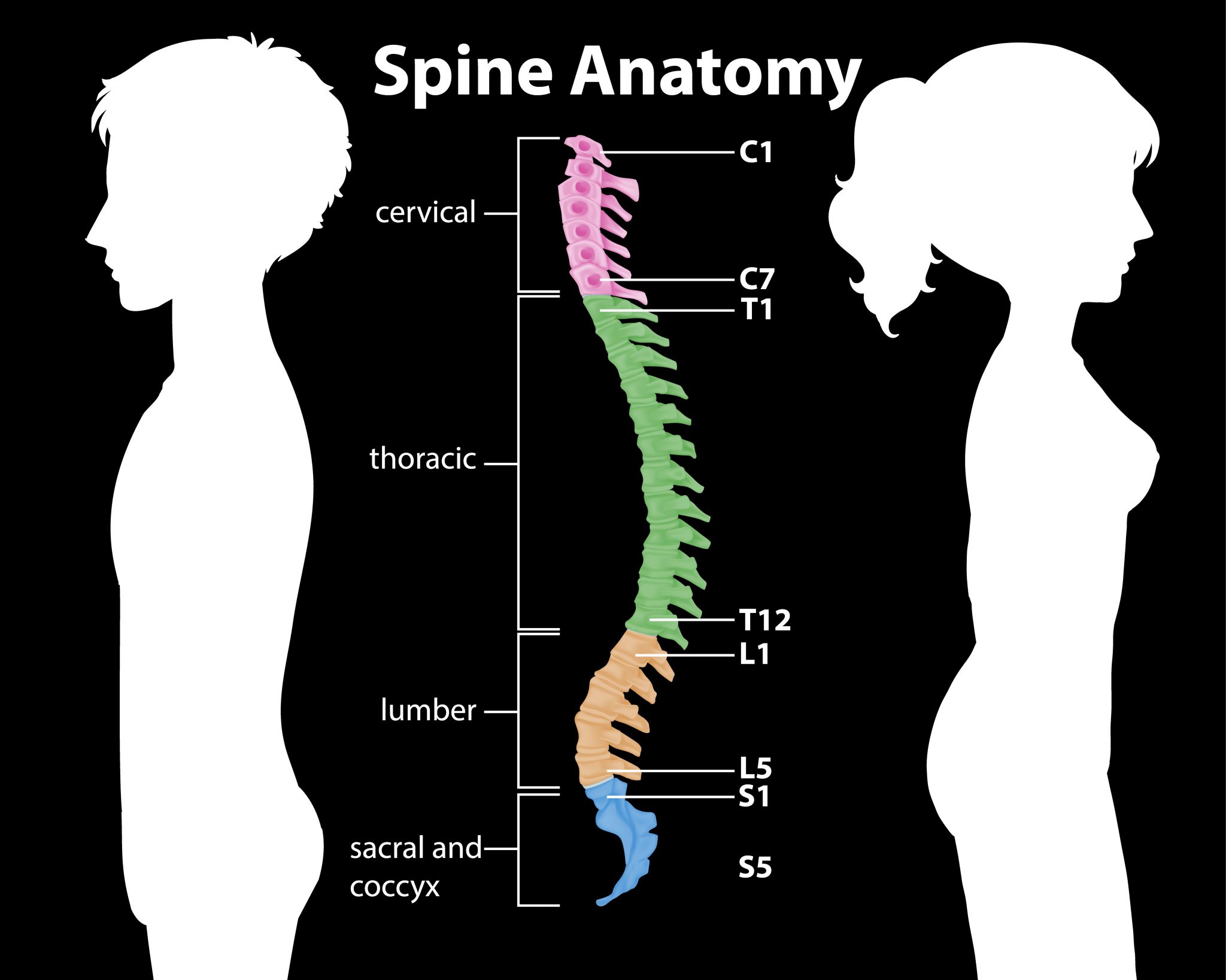
An importance of intervertebral disc is to absorb shocks from movement, such as bending. There are also nerves between each vertebra.
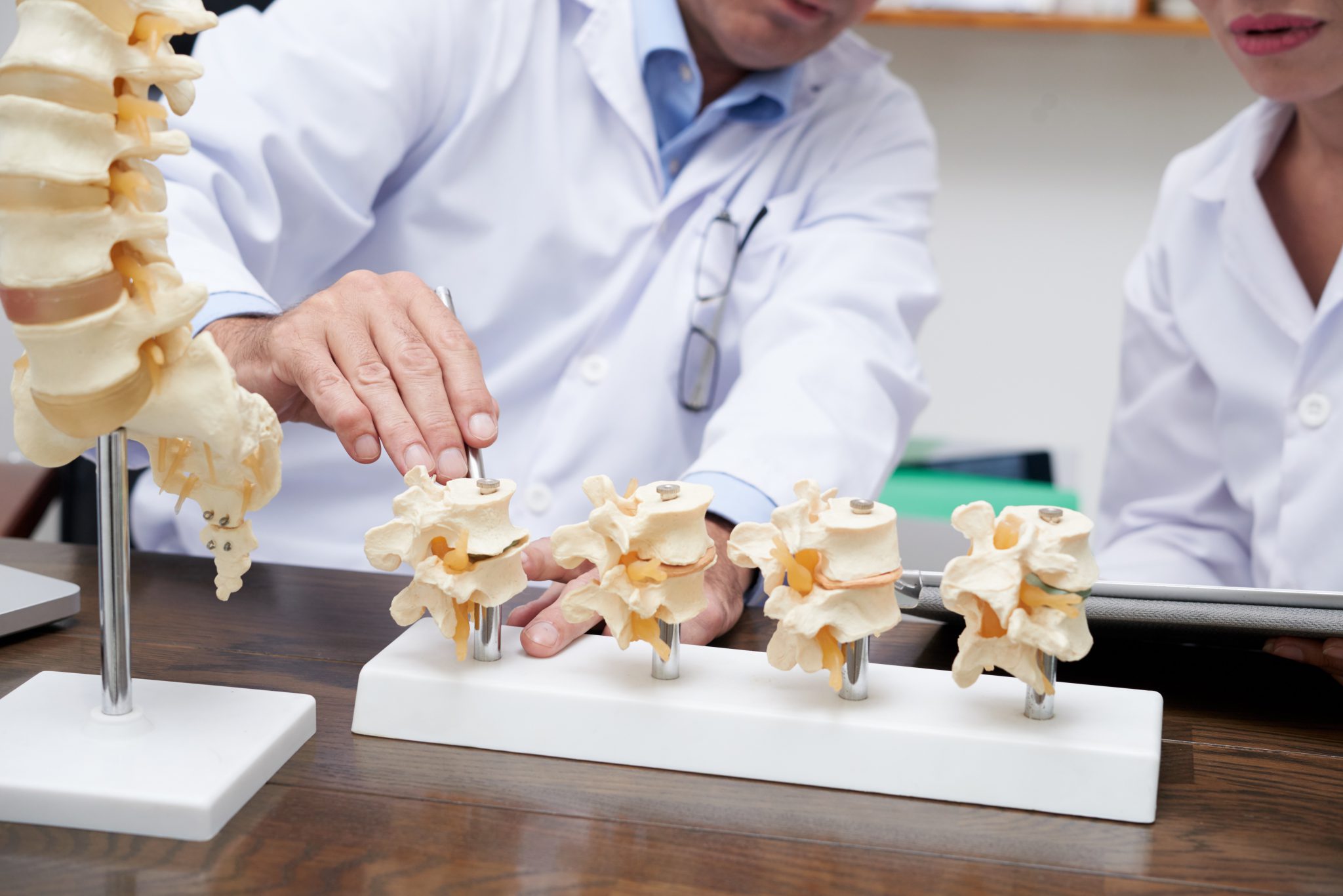
Vertebrae
There are four types of vertebrae
- Cervical: 7 bones (C1-C7)
- Thoracic: 12 bones (T1-T12)
- Lumbar: 5 bones (L1-L5)
- Sacrum: 1 bone
Aging could be the cause of the pain
Back pain could emerge from, for example, wear and tear of annulus fibrosus or dry-out nucleus pulposus which reduce an ability as shock absorber. Degenerative facet joint and excessive movement could also cause the pain. Moreover, the degenerative disc and bone spur on the vertebrae that irritate the nerve are causes of pain spreading to the legs.

